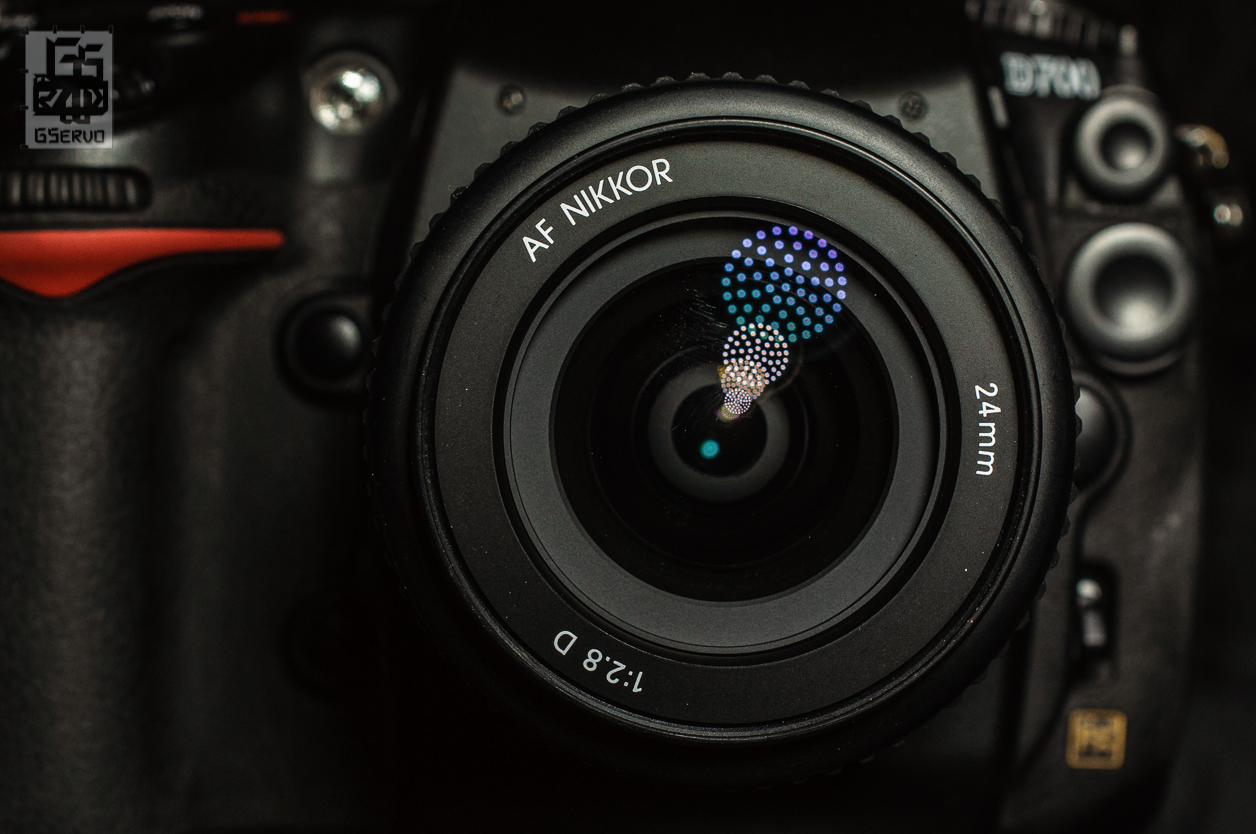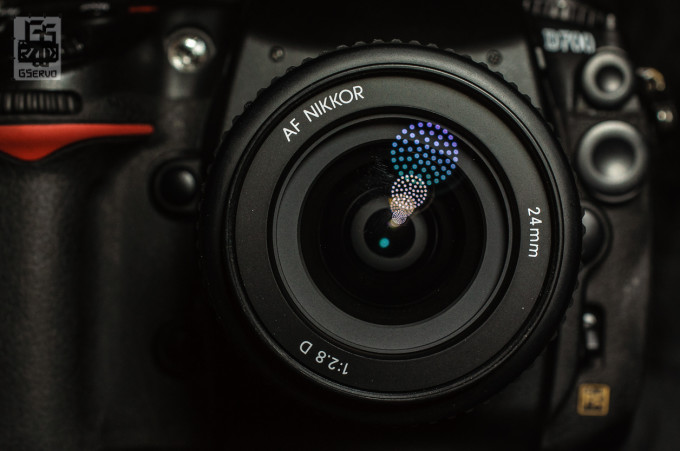
While it is neither the newest nor the most dramatic lens, I think the Nikon 24mm 2.8D is very good. It has the focal length which I first fell in love with in one of my earliest lens reviews. That lens was a Nikon 24mm f1.4 G. It was, and still is, out of my price range. I recently broke down and purchased a Nikon 24mm f2.8 D. After years of always being slightly dissatisfied with every other wide angle lens I used or tested, I had to go back to my roots. I had to go back to where I originally found happiness. I thought I wanted the shallow depth of field of the 24mm f1.4, but I was wrong. The 24mm focal length is what I really needed. This lens, for me, is one of the best I’ve ever used. It’s not because of its speed or quality–it is because it does everything I want it to do. Overall, this lens is brilliant, for me at least.
Pros and Cons
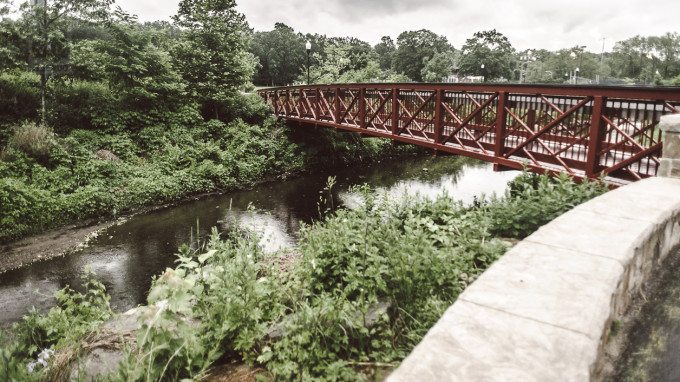
Pros
- Inexpensive compared to the Nikon 24mm 1.4
- Lightweight
- Compact build, easy to carry
- Works on film cameras
Cons
- Wasted on a DX camera, especially if you have a Nikon 35mm f1.8 G
- Does not come with a lens hood
- Does not work on cameras like the D3200 or D5200 due to the different focusing type
Gear Used
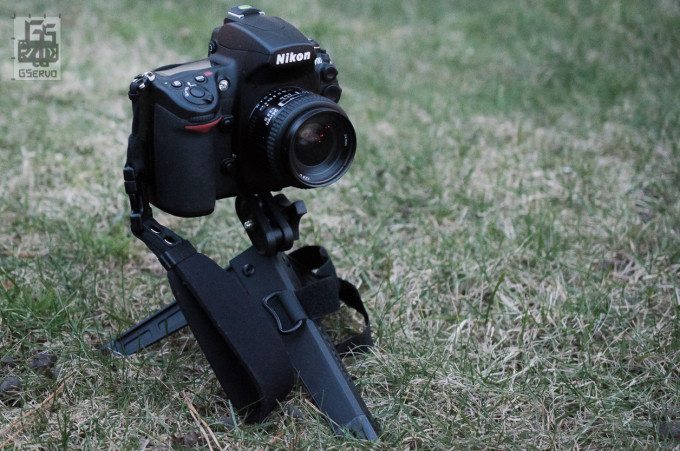
I tested this lens on my Nikon D90, Nikon EM(film) and Nikon D700. It was in my Tamrac Evolution 8, Lowepro Event 150 and my ThinkTank Urban Disguise 60 V.2. At one point, the lens was coupled with a cheap petal lens hood I had, and that was a bad idea. If you need a lens hood, get the Nikon HN-1 Screw-on Hood or equivalent.
Tech Specs
Specs taken from the Adorama page listing.
| Construction | 9 groups/ 9 elements |
| Angle of view | FX Format 84° / DX Format 61° |
| F stop range | 2.8-22 |
| Closest Focusing Distance | 1 foot |
| Compatible Format(s) | FX, DX, FX in DX Crop Mode, 35mm Film Note: AF not supported by D40 and D60 cameras |
| Maximum Magnification | 1:8.9 |
| Filter Size | 52mm |
| Dimensions (Length x Diameter) | 2.5 x 1.8 inches |
| Weight | 9.5 oz |
Ergonomics
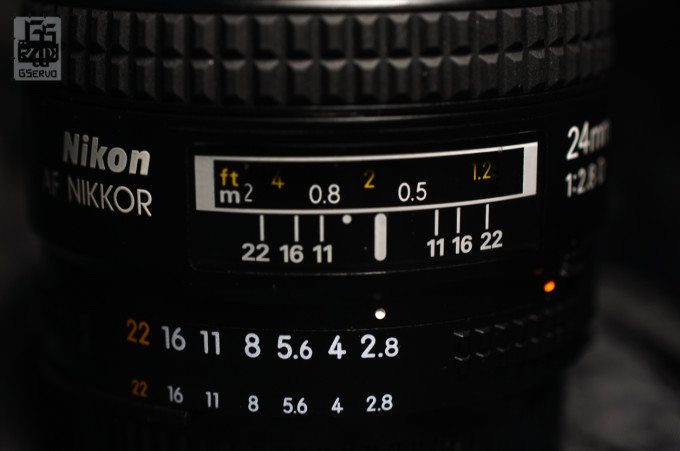
One of the first things you’ll notice is that this lens has an old school aperture ring. The aperture numbers are there in two different sizes. If you look through an old film camera like a Nikon FE you can see the smaller numbers through the viewfinder. There is an aperture lock that can be used when it’s mounted on a digital camera like the Nikon D800 or the Nikon D7000. The lens also has a working depth of field scale.
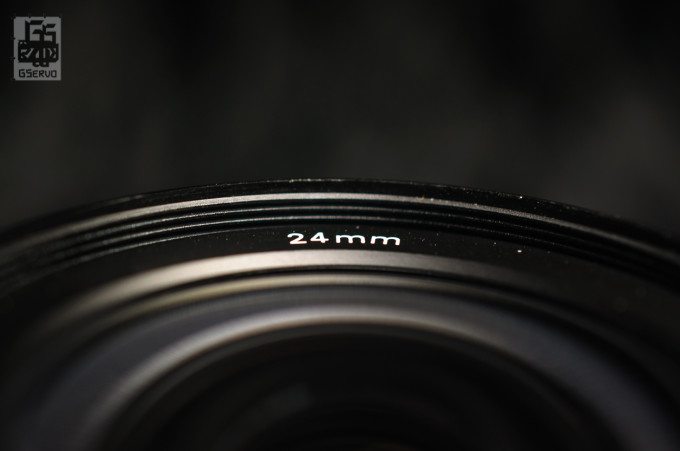
The filter thread is made of plastic and does not rotate which comes in handy when using a circular polarizing filter. Despite how old this lens is, the plastic hasn’t worn down at all and I have no major complaint about it.
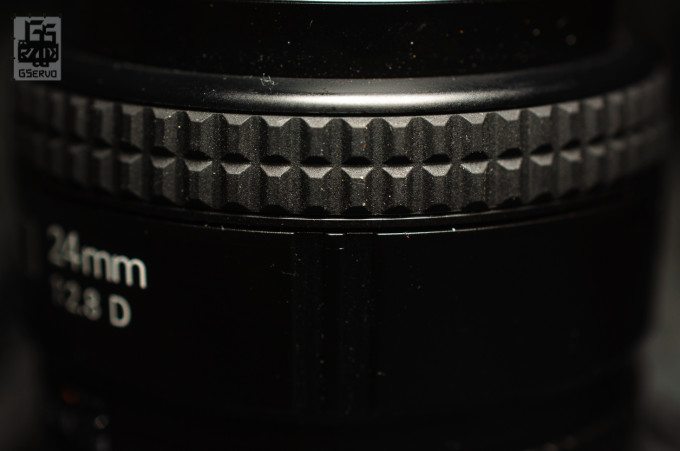
The focus ring is a standard size for a lens this big; and it is similar to the one on the Nikon 50mm f1.8 D. It’s easy to use and comfortable in my large hands.
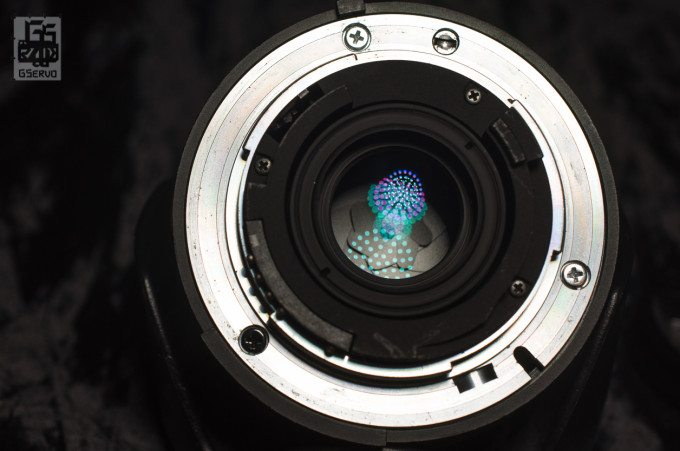
The lens has a screw-based autofocus on a metal mount, which makes it only able to manual focus on cameras like the Nikon D3200.
Build Quality
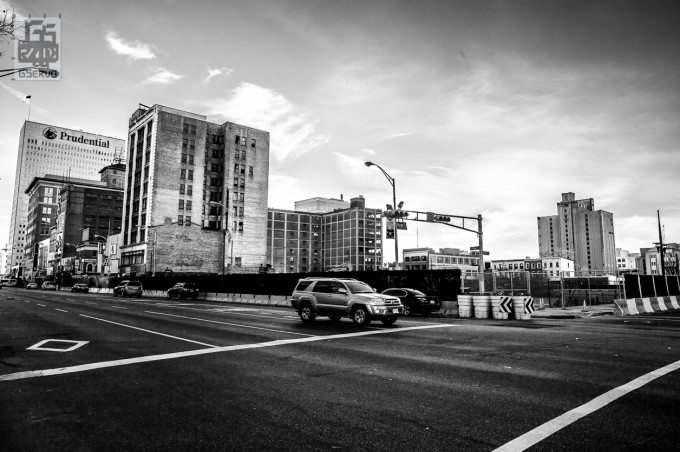
The Nikon 24mm 2.8D is a small lens. It is the complete opposite of the Nikon 24mm 1.4 G, which is huge in comparison. The build quality is rather solid. At 9.5 oz, the Nikon 24mm 2.8 D is 4.4 oz heavier than the Nikon 50mm f1.8 D and feels much better to hold. The Nikon 24mm f2.8 D does not extend all that much, so it doesn’t take up a lot of room. The lens is made of metal and plastic. All in all, it’s a very simple lens with no frills.
Autofocus
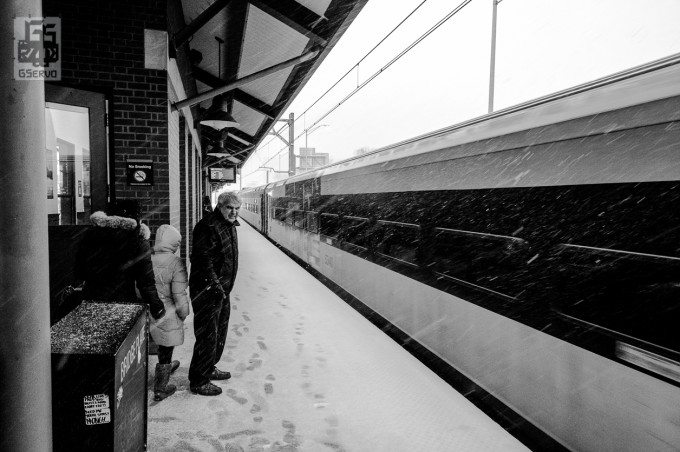
The autofocus on this lens is fast and precise. The closest you can get to a subject is about a foot. The Nikon 24mm 2.8 D focuses on its subject quickly. It never had to focus hunt. When photo walking and keeping the lens between f8 and f16, I always was able to get my shot quickly and move on. The autofocus kept the same speed both indoors and outdoors. The decently-sized manual focus ring was easy to grip and moved smoothly.
Ease of Use
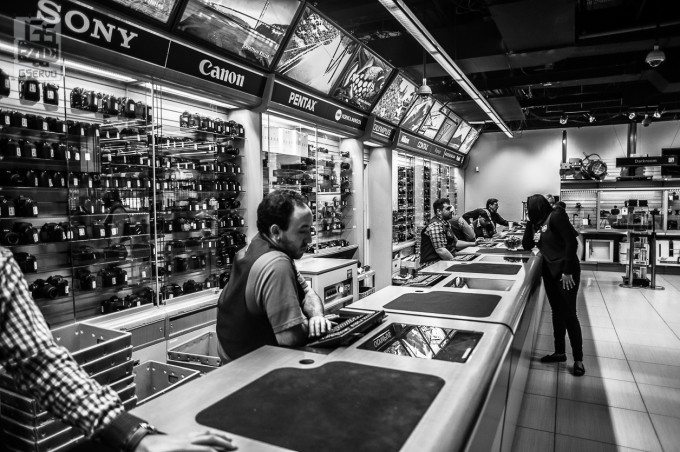
This lens could not be easier to use because there is not much to mess with. Switching between auto-focus and manual focus is on the camera. If you are using a camera that does not have screw auto-focus like the D3200, you can only focus manually. If you are shooting with film, you’ll have to use the aperture ring, which moves just as smoothly as the focusing ring.
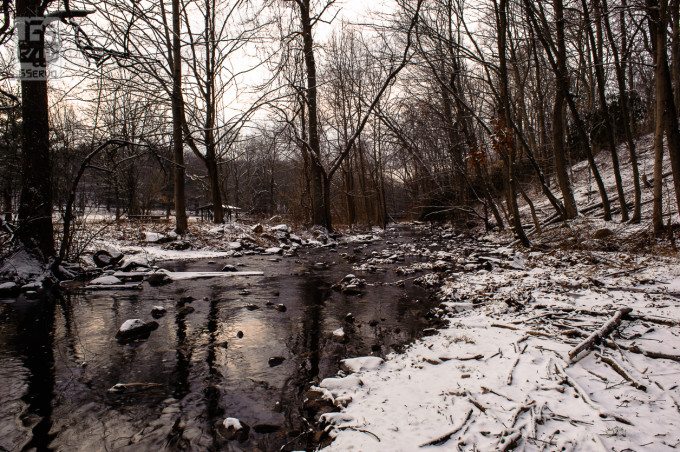
I took these images on my D700 using my UltraPod II for stabilization. I took the FX image first then switched the image area to DX mode. I did not move the camera. When shooting with this lens in either DX mode, which cameras like the Nikon D600 and D800 are capable of, or on a DX format camera like a Nikon D7000 the lens is actually 36mm due to the crop factor.
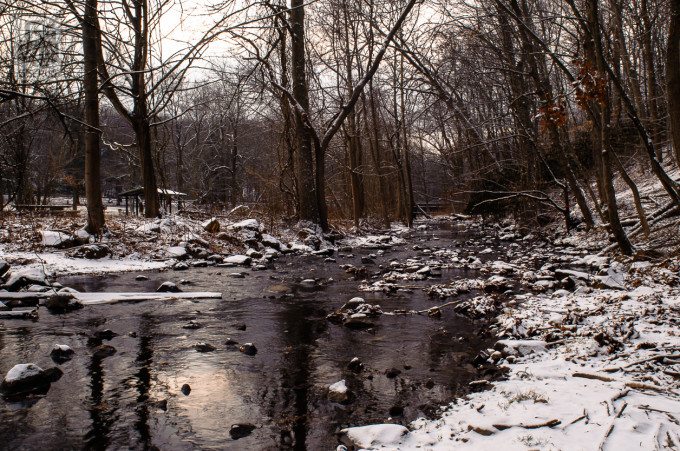
If you are never going to buy a full frame camera, the Nikon 35mm f1.8 G is a better choice because it works on more DX bodies and you are taking full advantage of the lens. It’s also slightly cheaper. You lose quite a bit in DX mode with the Nikon 24mm f2.8.
Image Quality
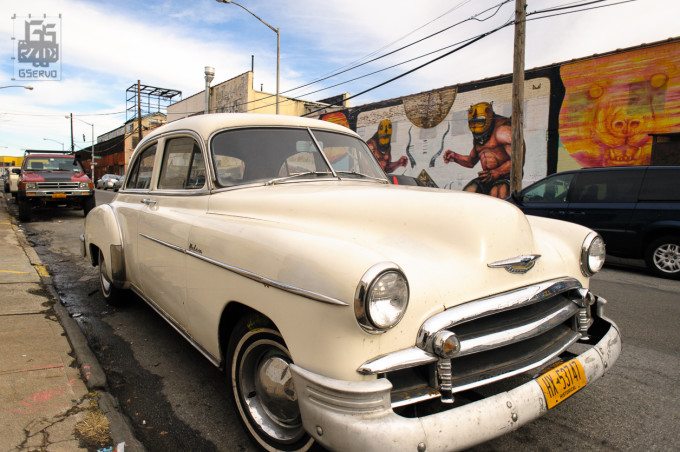
I found the image quality of the Nikon 24mm f2.8 D to be outstanding. The sharpness of the images were great. I shot this lens mostly stopped down past f5.6, but I always found the images sharp throughout the range.
Sharpness
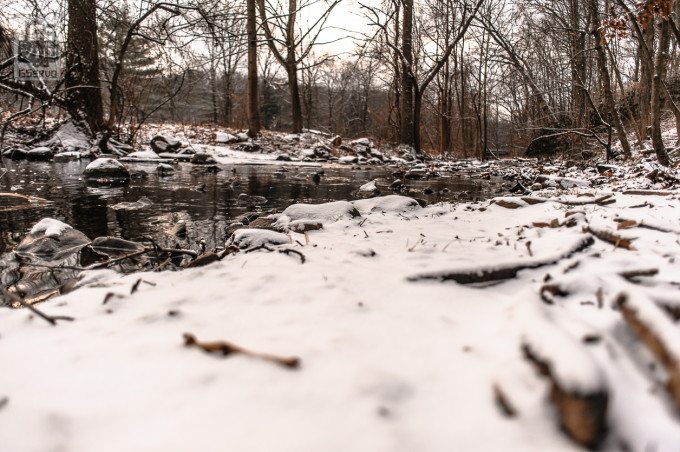
Sharpness at f2.8
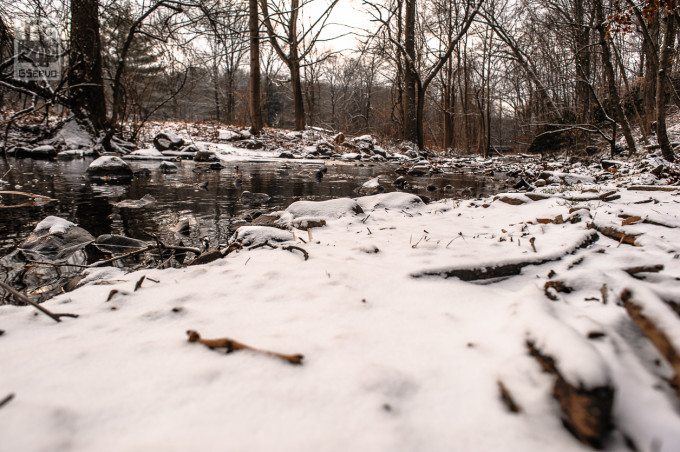
Sharpness at f5.6
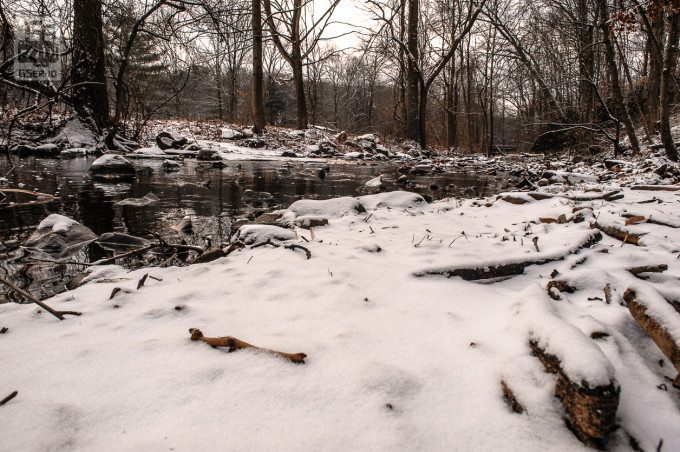
Sharpness at f16
Bokeh
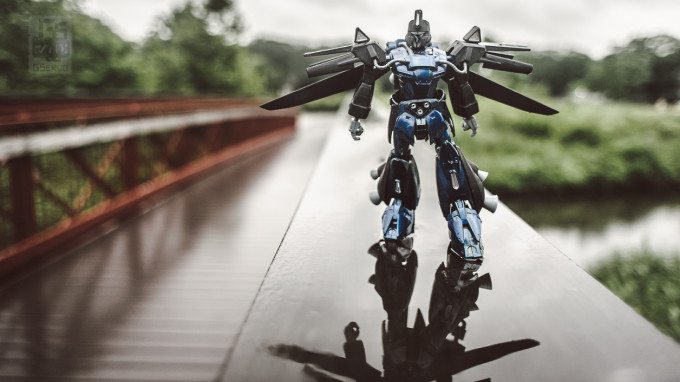
Its not the best of bokeh. Its not the worst of bokeh. The bokeh quality of the Nikon 24mm 2.8D is slight above decent. Wide open the bokeh on this lens is not always completely smooth but it works. I have no issues with it personally because I usually shoot with this lens around f8.
Distortion
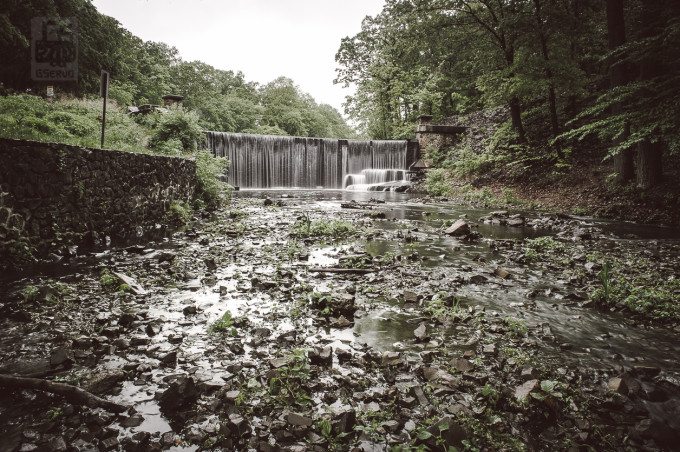 With the Nikon 24mm 2.8 D there is a small amount of distortion. Its does not effect the image much at all unless you are really looking for it. If you are using software like Light Room the distortion is easily corrected. When shooting a subject strait on you barley see the distortion. If you shoot at an angle it’s more apparent.
With the Nikon 24mm 2.8 D there is a small amount of distortion. Its does not effect the image much at all unless you are really looking for it. If you are using software like Light Room the distortion is easily corrected. When shooting a subject strait on you barley see the distortion. If you shoot at an angle it’s more apparent.
Color
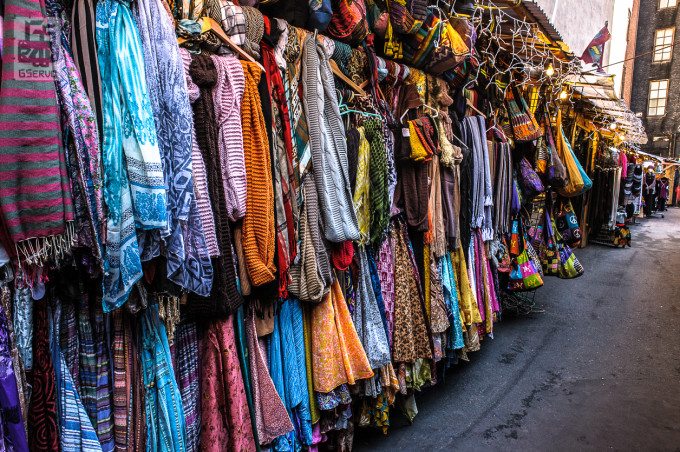
The color and contrast from this lens seemed just right for me. When I got images of people, the skin tones were just right. When getting colorful scenes you can see clear difference in various shades and hues.
Street Photography
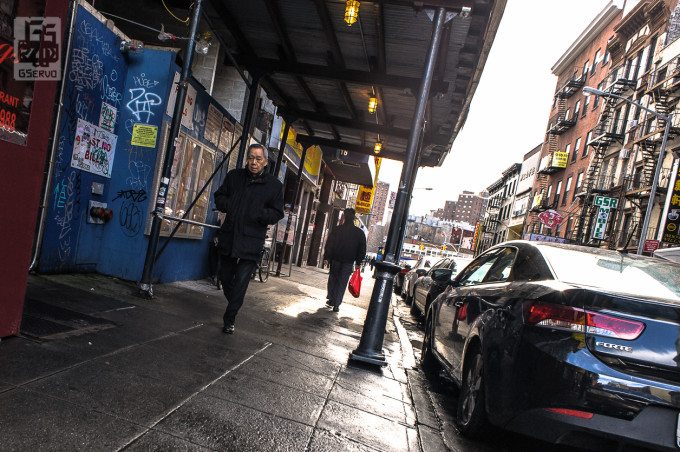
I really enjoyed street photography with this lens. It completely altered my style. In New York, I really was able to capture the scope of my environment, big and small. I had no problem shooting a person walking down the street then walking into a coffee shop and getting an image as well. The thing is the lens’s focal length is fantastic for the streets. . You can play with a lot of angles to get your shot.
Conclusions
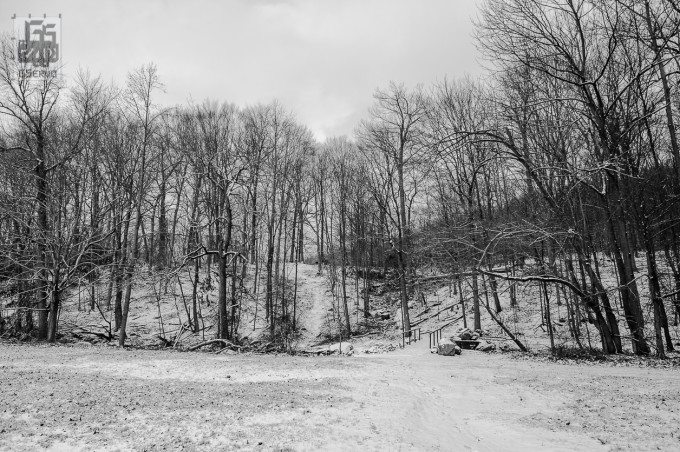
If you want a simple landscape photography lens, the Nikon 24mm 2.8 D is a good purchase. Between the sharpness and the color the lens is nicely balanced. There is a slight amount of distortion . To me, it’s forgivable. If it bothers one too much, it can be fixed in post.
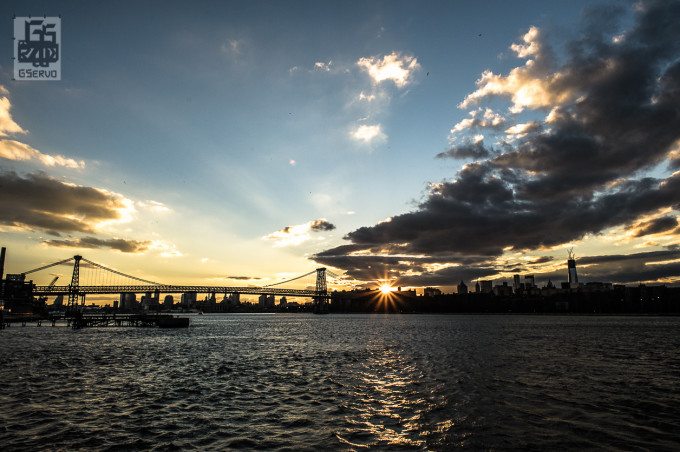
The Nikon 24mm f2.8 D a proper, reasonably priced, no nonsense, wide angle prime lens. About $1,640 cheaper than the Nikon 24mm f1.4 G, the Nikon 24mm 2.8 is fantastic for capturing vast landscapes as well as cityscapes. It’s small, portable, and versatile. Just use your mind’s eye and you can shoot almost any style of photography with this lens. I am very glad I made this purchase. Overall, I would not mind hiking 10 miles with this lens for a shot or taking it on an ultra-long photo walk in a city. This lens makes me happy.
Please Support The Phoblographer
We love to bring you guys the latest and greatest news and gear related stuff. However, we can’t keep doing that unless we have your continued support. If you would like to purchase any of the items mentioned, please do so by clicking our links first and then purchasing the items as we then get a small portion of the sale to help run the website.


